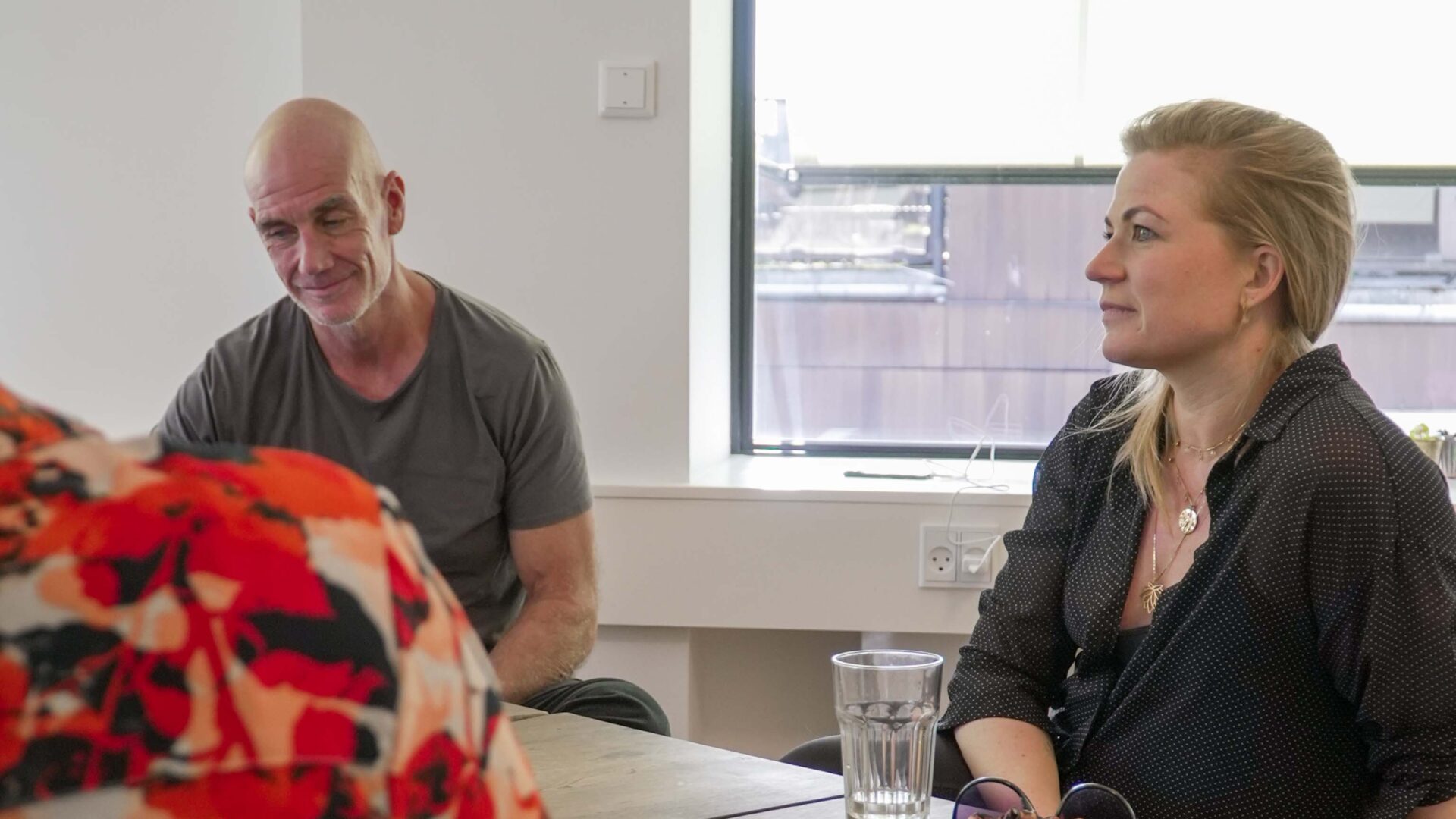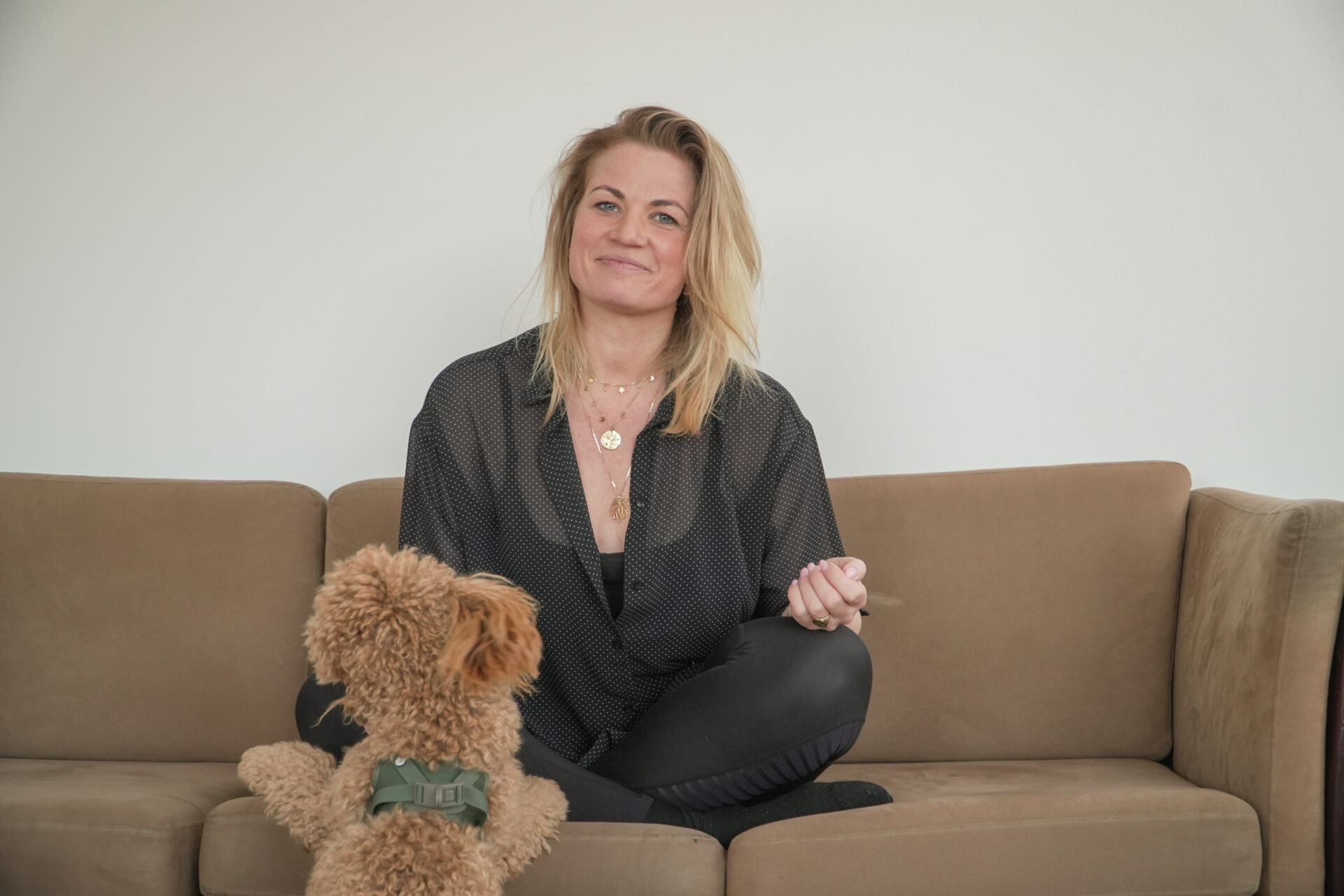Interview with naturli
We have two brains - one in our head and one in our stomach
"I'M ACTUALLY A TRAINED AUTO MECHANIC, BUT I'M MUCH BETTER AT REPAIRING PEOPLE"
Bodywork therapy has become a popular method for treating a wide range of mental and physical problems. However, therapist Robert Petersen believes that there is a need for more focus on the psychological side of treatment. That's why he has developed his own version of body therapy, B2P, which focuses more on the balance between body and mind.
What happens when psychotherapy meets classic body therapy and acupuncture? You get Balance2Perform (B2P). The man behind B2P is Robert Petersen, and this is not a man who just had a bright idea for a new form of body therapy. After his back was injured while providing first aid, doctors declared him 50% disabled and abandoned further treatment.
Robert himself was stubborn and desperately searched for something to help him. He found it in alternative therapies.
- The first time I went to body therapy, I cried. I didn't understand what was happening. In combination with acupuncture, the treatment meant that I could get my everyday life back. And then I decided that I wanted to give back to others what I had felt on my body, says Robert Petersen.

Your body tells you
Robert has seen an opportunity for improvement in the classic body therapy that has become a popular treatment method. And he uses his education in body therapy and psychotherapy, among other things, to make those improvements in the form of his own version of body therapy, B2P.
- There is a tendency to either see a psychologist who focuses on the mind and psyche, or a Body SDS therapist who works with the body. But the body and mind are connected.
We have two brains - one in our head and one in our stomach
And when you start working with the body, it's also important to understand and manage the psychological mechanisms that lie behind the individual. Otherwise, it's like sending the client out with an open wound. That's why I work with both," explains Robert Petersen.
The range of people who visit Robert is wide. Examples include people with back, neck and shoulder pain, pregnant women with pelvic floor dysfunction, infants with colic, cancer patients with chemotherapy side effects, and people with depression, stress, anxiety or eating disorders.
According to bodywork therapy, physical symptoms are often a symptom of something psychological. During the first treatment, Robert can already sense what might be behind it. Based on body therapy, psychological challenges and traumas are stored in different parts of the body.
- When we feel pain, it's the body's way of telling us that there's an imbalance. Many people start breathing worse, so that's often where we start. And when people feel the relief of calmer breathing, they also start to believe that I can help them. Then we can open up the underlying problems," explains Robert Petersen.
IT WAS LIBERATING TO DISCOVER MY OWN VULNERABILITY

The emotions were trapped deep inside her body. Not consciously, but dancer Mie Moltke had never learned to let go of anger, frustration and sadness. She had always just performed. But then something happened, including when she met her body therapist
The girl where nothing is good enough
The one who can always be better, faster and more efficient. The one who is driven by duty and ambition, and perhaps has forgotten who she is and what she really wants to do. We all know her. So does dancer Mie Moltke. Because she used to be herself. One of the reasons she got to know this girl was her meeting with Robert Petersen in It was during the filming of Dancing with the Stars, and Mastiff had set up a small treatment room backstage that all dancers had access to. Mie remembers that it was safe to step into that room. As if there was a special atmosphere. Robert was employed as a masseur but also used body therapy in his treatments.
- I remember feeling safe right away, and it was like I was breathing for the first time, says Mie
After Dancing with the Stars, Mie continued to have treatments with Robert. It became a regular part of her personal development for a number of years. Sometimes it was pain in the lower back. Other times it was neck or leg pain. Either way, Mie knew it was an important part of her personal process. Robert challenged her breathing, and through his treatments, he helped Mie connect more deeply with her body. And while breathing may sound mundane, it was a struggle for her.
- Robert told me to breathe all the way down into my stomach. "I can't!" I shouted. It was completely anxiety-provoking to have to let go

I've lived a life of performance and control as an elite dancer, and it had become a way of living my life, says Mie.
She remembers one exercise in particular where Robert asked her to push him to force the anger out of her.
- I suddenly had to let go of control and let my emotions out. It was completely new for me to have to learn to listen to myself and speak up to others," Mie explains and adds:
- I suddenly reached a vulnerability within myself, and although it was difficult, it was liberating.
The true Mie
Mie used to make her everyday and life choices according to what she thought was right. What she thought she should and shouldn't do. Now, all decisions are made based on what feels right.
- I used to be wrapped up in control. Now I always go in the direction I feel drawn to. I'm constantly feeling and practicing listening to the truest part of me. It's hard to explain, but it's as if my body and heart know what's best.

